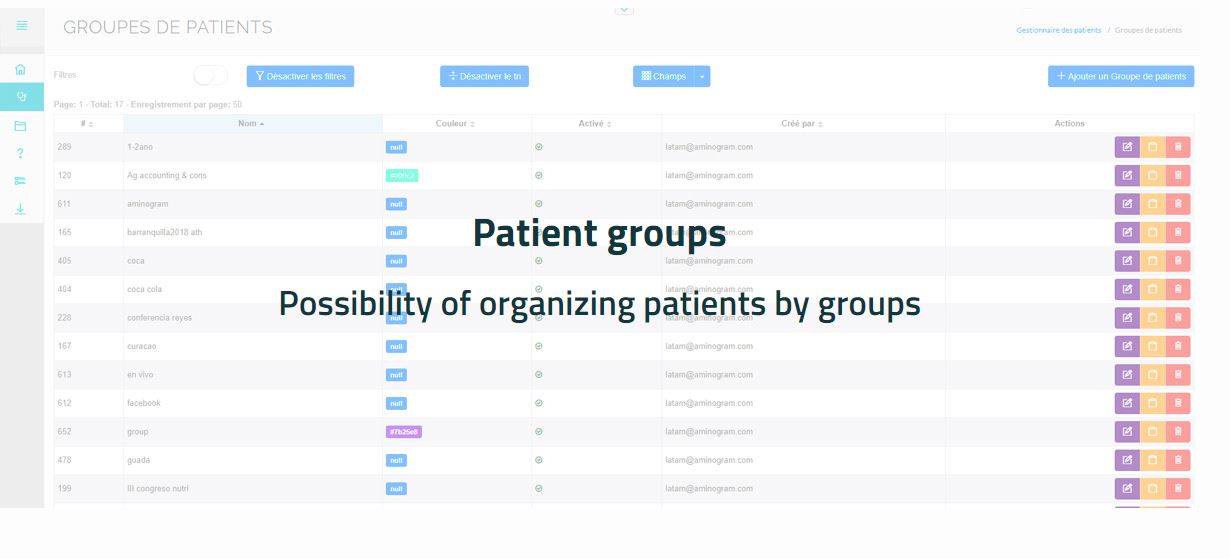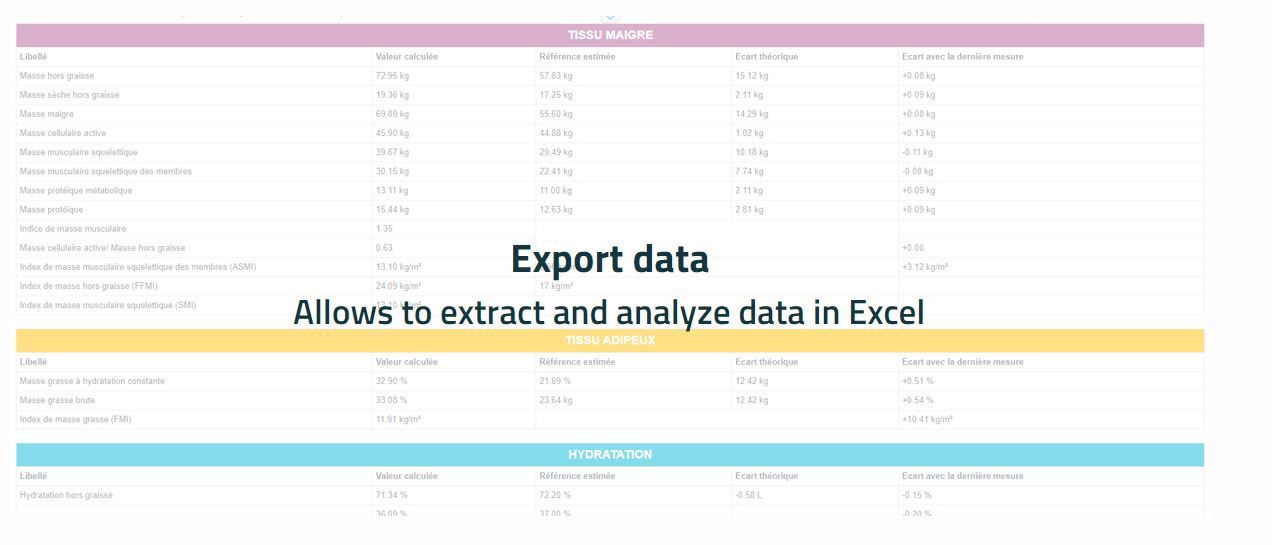Our current lifestyles strongly favor the development of chronic diseases, such as diabetes or cardiovascular diseases, which has led healthcare professionals to use new care approaches directly targeting lifestyle.
Physical exercise is a cornerstone of these new approaches because it has numerous health benefits both for prevention and for the treatment of these diseases. However, these benefits depend on the modalities (type, intensity, volume, etc.), and it is sometimes complicated to know which type of exercise is suitable to achieve the desired results on health status.
Our article outlines the different exercise modalities, their general effects on health, as well as recommendations for controlling the implementation of these exercises.
It is well established that daily physical activity has significant health benefits, both in prevention and in the treatment of numerous chronic conditions. However, in certain situations, the specific choice of an exercise modality can be crucial for inducing specific beneficial adaptations.
When we engage in physical activity, our bodies undergo temporary stress that triggers an adaptive response. The repetition of these stresses is responsible for the beneficial adaptations associated with regular exercise. Thus, it is essential to understand which structures will be stressed based on the type and intensity of the chosen exercise to induce the desired adaptations.
In this article, we will explore the characteristics of different exercise modalities and their physiological effects both acutely (during exercise) and chronically.
Exercise Modality The choice of exercise modality should be based on the desired objectives as well as acute physiological changes, so that they are in line with an individual's capabilities. Conventionally, exercises are divided into two main modalities: endurance exercise and resistance exercise.
Endurance exercises are long-duration exercises at moderate intensity that strongly involve the muscular energy systems and the cardiovascular system during exercise. In contrast, resistance exercise involves skeletal muscles and the nervous system, so it is often associated with exercises such as weightlifting.
However, it would be simplistic to say that all exercises exclusively belong to one of these categories because the majority of exercises practiced can often be a blend of both modalities. For example, a High-Intensity Interval Training (HIIT) exercise performed in a gym may consist of a combination of high-intensity cardiovascular exercises interspersed with rest periods.
Endurance Exercises Endurance exercises are often performed at an intensity ranging from 55 to 75% of maximum heart rate, recruiting aerobic muscular energy systems that produce energy via mitochondria from carbohydrates/lipids.
Specifically, skeletal muscle will produce more energy from carbohydrates, derived from muscle glycogen, and lipids, derived from adipose tissue, using oxygen from the ambient air. At low intensity, lipids are predominantly utilized, and as intensity increases, carbohydrates are utilized more. To enable skeletal muscle to produce this energy, there needs to be a high supply of lipids and oxygen, facilitated by an increase in heart rate and an increase in the diameter of blood vessels, thereby increasing the amount of blood flow within muscles.
Consequently, endurance exercises are particularly beneficial for:
Improving cardiovascular and metabolic health Fat loss during appropriate nutritional management Increasing endurance capacity The simplest way to determine the right intensity is to use a heart rate monitor and calculate maximum heart rate using the formula: Max HR = 220 - age. However, not everyone owns a heart rate monitor, and one can rely on the talk test, meaning being able to hold a conversation but needing to catch breath sporadically.
HIIT Exercises HIIT exercises consist of alternating periods of high-intensity exercise, approximately 85-95% of maximum heart rate, with periods of rest or low-intensity exercise. They are often referred to colloquially as interval exercises, stimulating both skeletal muscle and the cardiovascular system at higher intensities than endurance exercise but over shorter durations. However, this type of exercise allows for similar adaptations of the cardiovascular system and metabolism as endurance exercise.
In addition to specific endurance adaptations, HIIT exercises can induce muscle mass gains similar to low-intensity resistance exercises.
Thus, this type of exercise may be recommended to improve performance in individuals with limited time for exercise but also for improving cardiovascular health and capacity in individuals practicing weight training and wanting to maintain muscle mass. Finally, it can also be recommended for promoting fat loss in individuals with limited time or who do not enjoy endurance exercises.
In general, the modalities of HIIT exercises include:

These modalities are diverse and can be adapted to the individual and their capabilities to avoid inducing excessive fatigue.
Resistance Exercises Resistance exercises include strength training exercises with external loads or body weight, benefiting both the musculoskeletal and nervous systems.
During this type of exercise, moving a load causes an increase in tension applied to the muscle, stimulating muscle protein synthesis (and thus hypertrophy). Therefore, this type of exercise should also be accompanied by an appropriate protein intake, the doses of which are described in this dossier (Protein Intake in Sports Practice – NZeBIODY). Additionally, performing these movements involves significant exchange of nerve messages between skeletal muscles and the central nervous system, which can modify its functioning. This notably improves proprioception, the ability to feel one's body in space, and thus balance, movement ability, etc.
Considering its benefits, this type of exercise may be recommended for:
Individuals with chronic conditions aiming to increase or maintain their skeletal muscle mass and thus their functional capacity. Sedentary individuals or those engaging in recreational sports aiming to increase their skeletal muscle mass for health and/or aesthetic purposes. Athletes seeking to improve their muscle mass and/or enhance specific sporting qualities, such as movement speed or maximal strength. Depending on individuals' objectives, several resistance exercise modalities exist, organized into repeated movement blocks interspersed with rest periods. Conventionally, strength training exercises are divided as follows:
Conclusion As described in this dossier, different exercise modalities involve specific physiological structures and result in beneficial adaptations specific to each. Therefore, it is important to understand the characteristics of these modalities to advise individuals in the most suitable way based on the desired beneficial adaptations as well as the objectives and physical capabilities of each individual.









